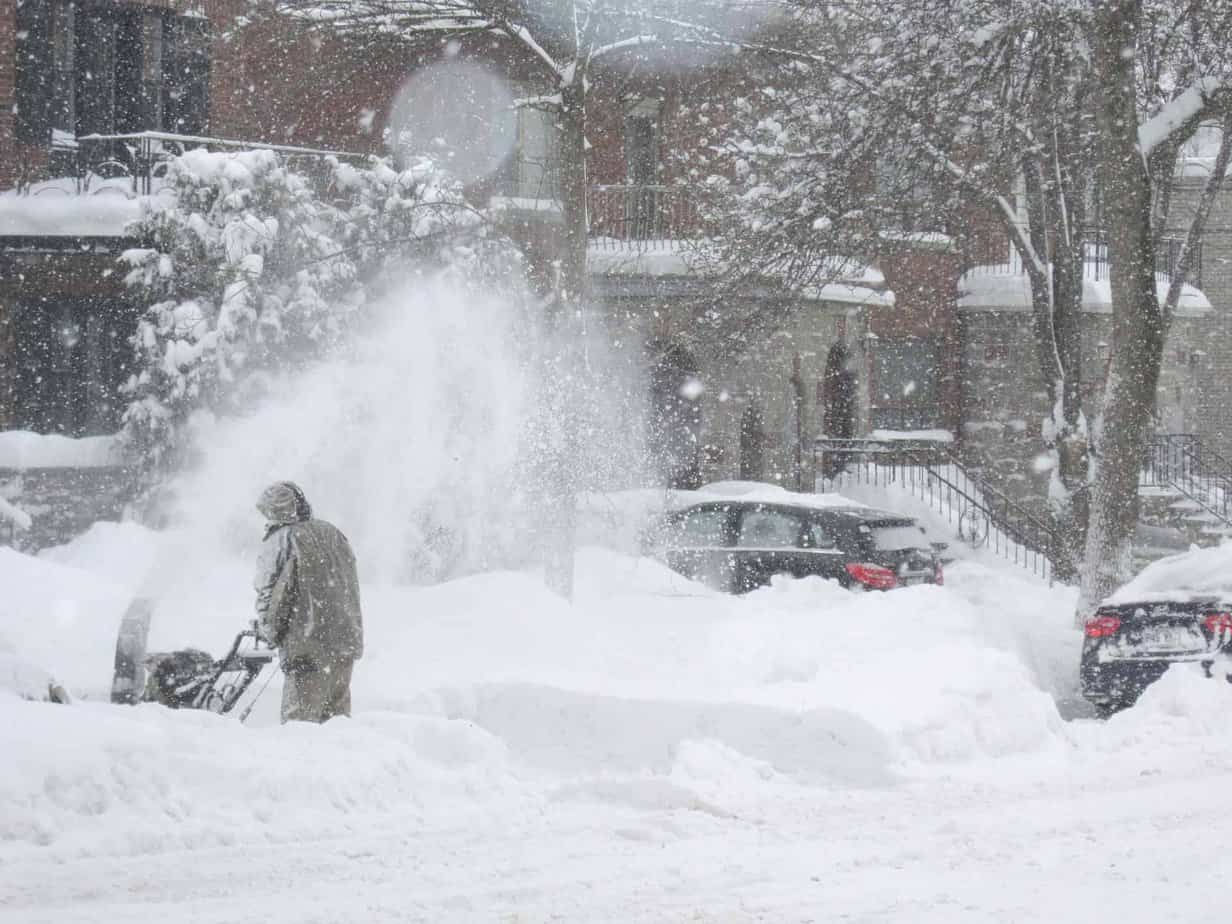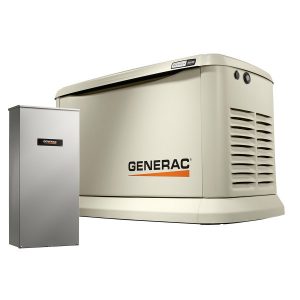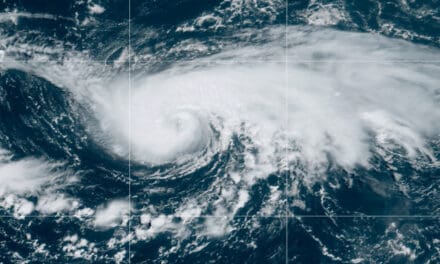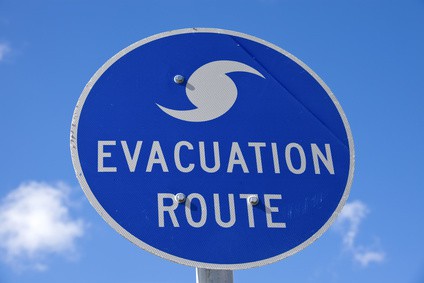Winter Weather Predictions Highlight the Need for Advance Preparation

Snow falling in a North American neighborhood.
Once again and all too soon for some, winter is upon us. It doesn’t matter if you mark the passage of the seasons by the sun, the calendar, or the temperature outside. Winter for much of the country is just weeks away. For some that will mean subzero temperatures and deep snow accompanied by short days and long night. Others will have milder weather and less snow or none at all, but will remember warmer days.
Each year, various government organizations do their best to predict the upcoming winter with varying degrees of success. Even related government forecasting agencies seem to conflict on what the coming winter holds in store.
Wherever you live, it’s important to prepare for winter before it gets here.
The Old Farmer’s Almanac
Meteorologists and climatologists view the Old Farmer’s Alamac with a degree of skepticism, in part because their own forecasts that predict the weather more than ten days in the future are a little more than a best guess. Some years they are uncannily accurate, other years not so much. By that standard, none of the forecasting methods by government agencies or private organizations are 100 percent accurate.
They rely on a secret formula refined in recent years by the addition of state of the art technology and scientific calculations. Their long-range predictions include the solar science of sunspots and solar activity, the climatology of prevailing weather patterns, and the meteorology of the atmosphere.
This Year’s Forecast—the Northwest Coast will see a cold and dry winter, while the southwest coast should see cold and wet. Cold and snowy across the Rockies from north to south. The Great Plains will enjoy a mild winter with more wet in the north, snow in the central portion. Look for cold and wet along the Gulf Coast with cold and snowy just to the north. Most of the East Coast and Great Lakes can look forward to a mild and wet winter from Florida to Massachusetts. Maine, New Hampshire and Vermont will be cold and snowy. Only the northern portions of Wisconsin and Minnesota and the eastern third of the Dakotas will have mild and dry weather this winter.
NOAA Climate Prediction Center
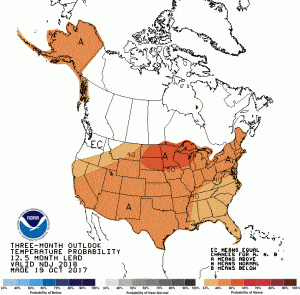
The CPC expects higher than normal temperatures this winter.
If you like forecasts that are never ‘wrong’ then take a look at the Climate Prediction Center forecast for any given three-month period. They base everything on a percentage chance of actually happening and rarely provide any confidence greater than 30 to 60 percent which is pretty good if you consider that long-range forecasting still has a long way to go. By basing their predictions on percentages, they won’t ever be completely wrong and can always point at their successes.
A look at the Temperature Probability Outlook for November, December, and January (see Map) shows that for most of the country, they give a 30 to 40 percent chance of higher than normal temperatures. Only the Northwest has an equal chance of a warmer or colder winter.
In terms of precipitation, the entire country is given an equal chance of being above normal, normal, or below normal.
Use Generators Safely for Emergency Power During Winter Storm Outages
National Weather Service

The NWS Forecast Based on the CPC Prediction for 2017-2018 (NOAA Image)
The NOAA predicts the development of a La Niña. Generally, a La Niña winter means more snow around the Great Lakes and in the Northern Rockies with less precipitation in the mid-Atlantic region. An equal chance of precipitation above or below normal lies across the central part of the country and the northern East Coast.
We should see above normal temperatures for the lower two-thirds of the country including all of the East Coast. Along the northern portion of the United States, expect colder than normal temperatures from Washington to Minnesota. From the Great Lakes to California, near normal temperatures are likely.
The NWS also likes it percentages, but frames them differently than the Climate Prediction Center. It’s interesting how the CPC and the NWS are both arms of NOAA, but issue different forecasts for the upcoming winter. In the two NWS Maps, brighter colors mean higher confidence.
Standby Generator Fall Maintenance and Winter Preparation
Accuweather
Yet another perspective on the various weather predicted for the country. Accuweather bases at least a portion of its forecast on the formation of a La Niña. The Southwest and Southeast should expect a warm and dry winter. The Great Plains and the Midwest will see Arctic blasts in the north and a chilly midwinter in Texas. Dryer conditions should prevail in Oklahoma and the east half of Colorado with snow and ice in and around the Great Lakes through the Northeast.
From the South in Louisiana to Florida and up through Missouri to the Carolinas all the way to Massachusetts, expect warmer, rainy weather. The Rocky Mountains up through the Northwest will also have warmer temperatures with either rain or snow.

